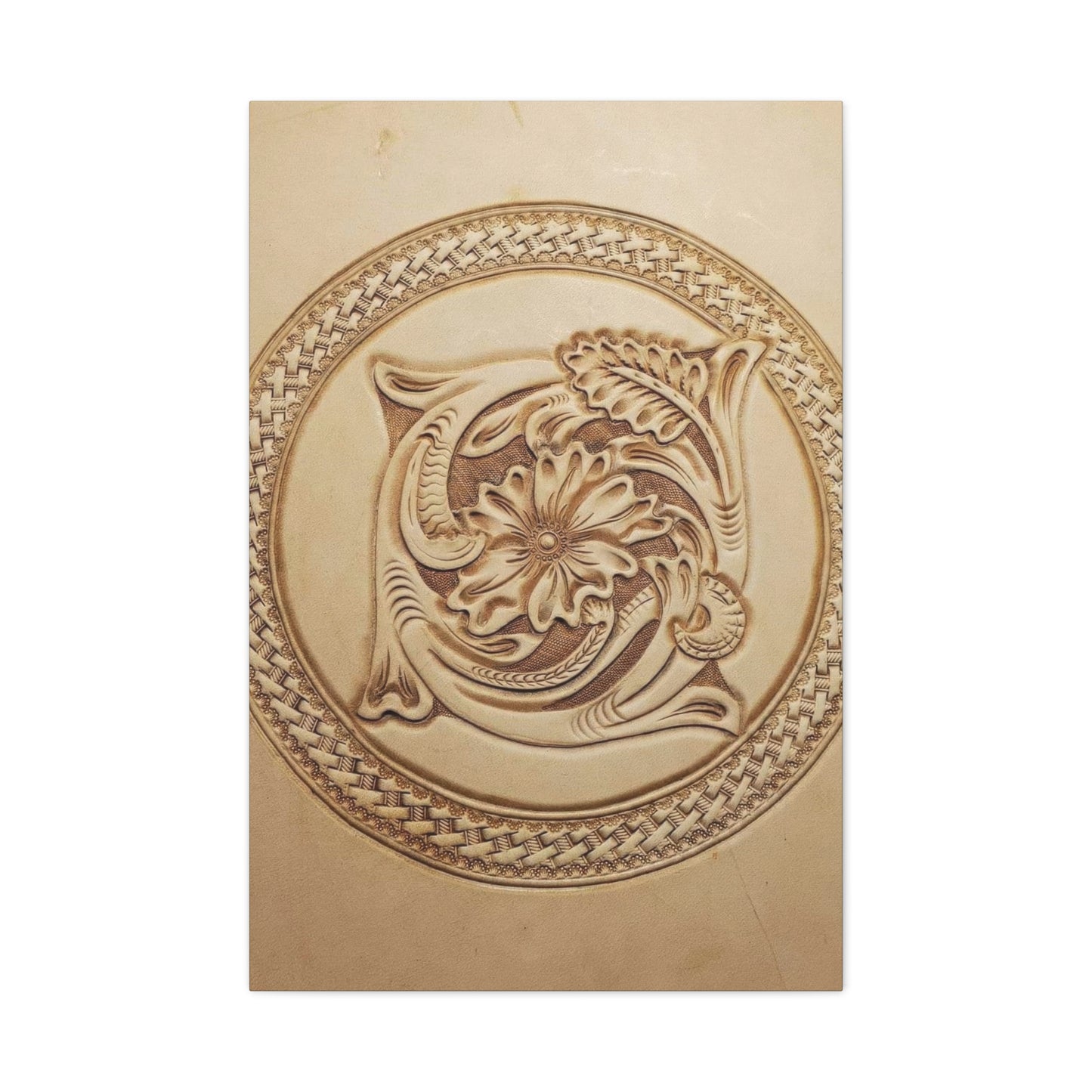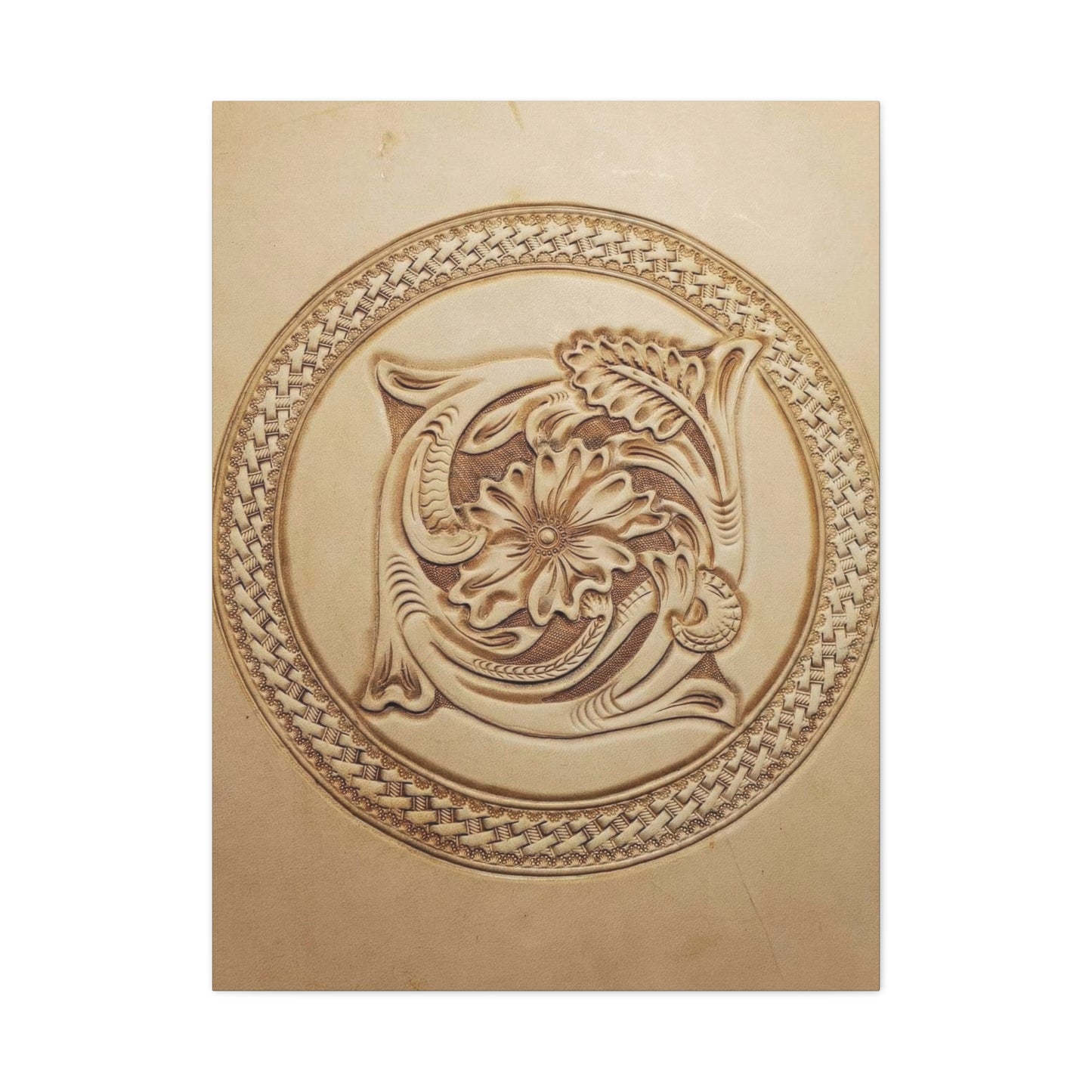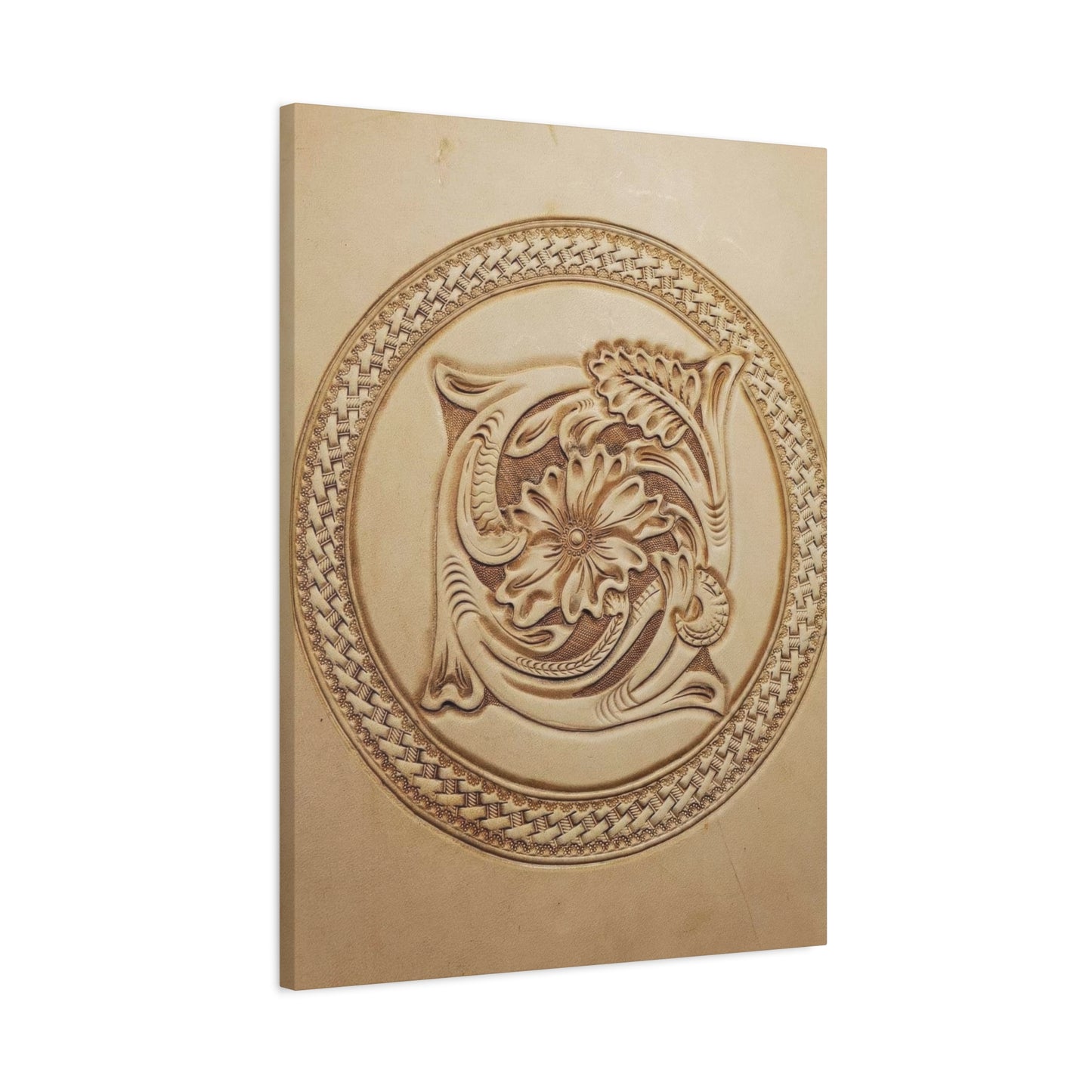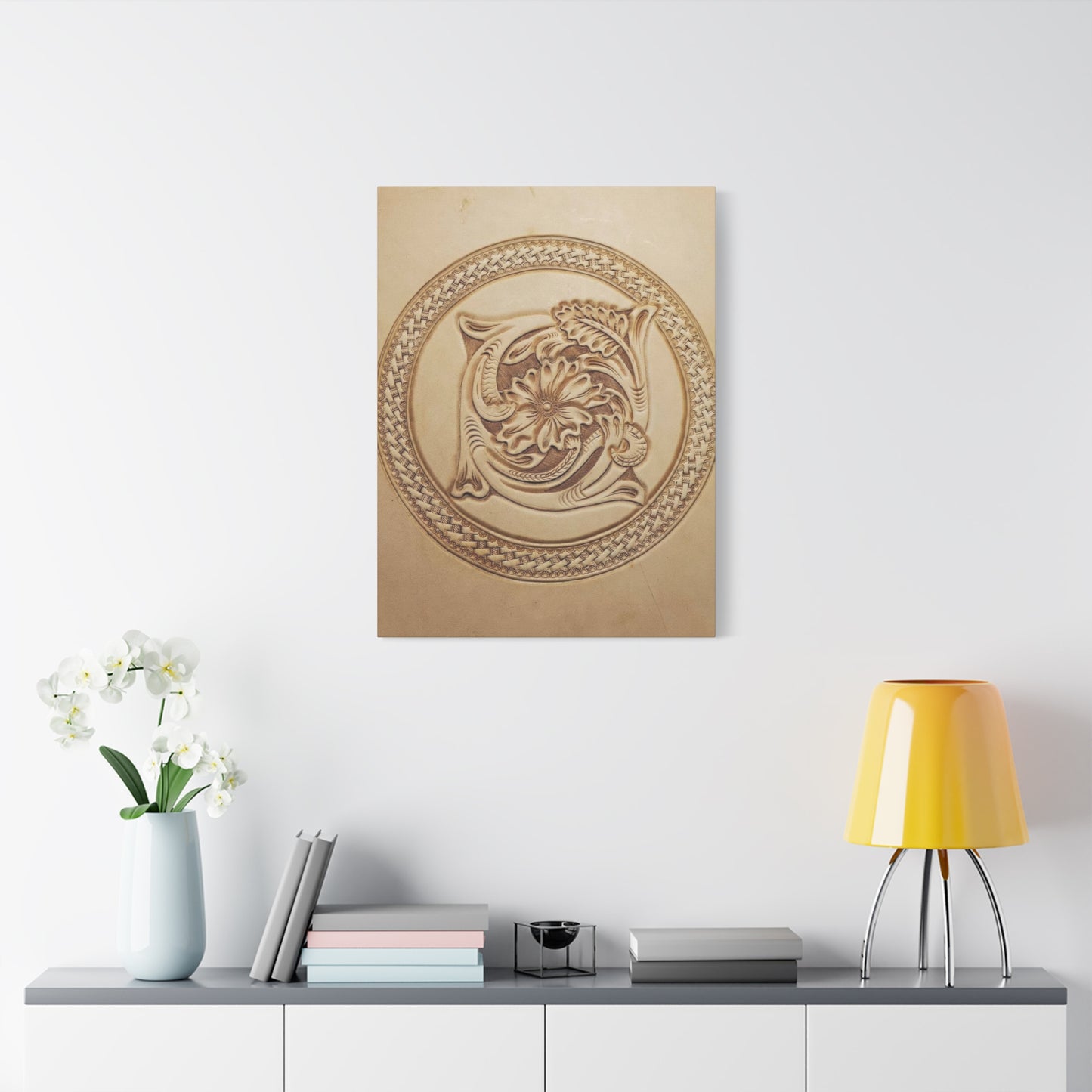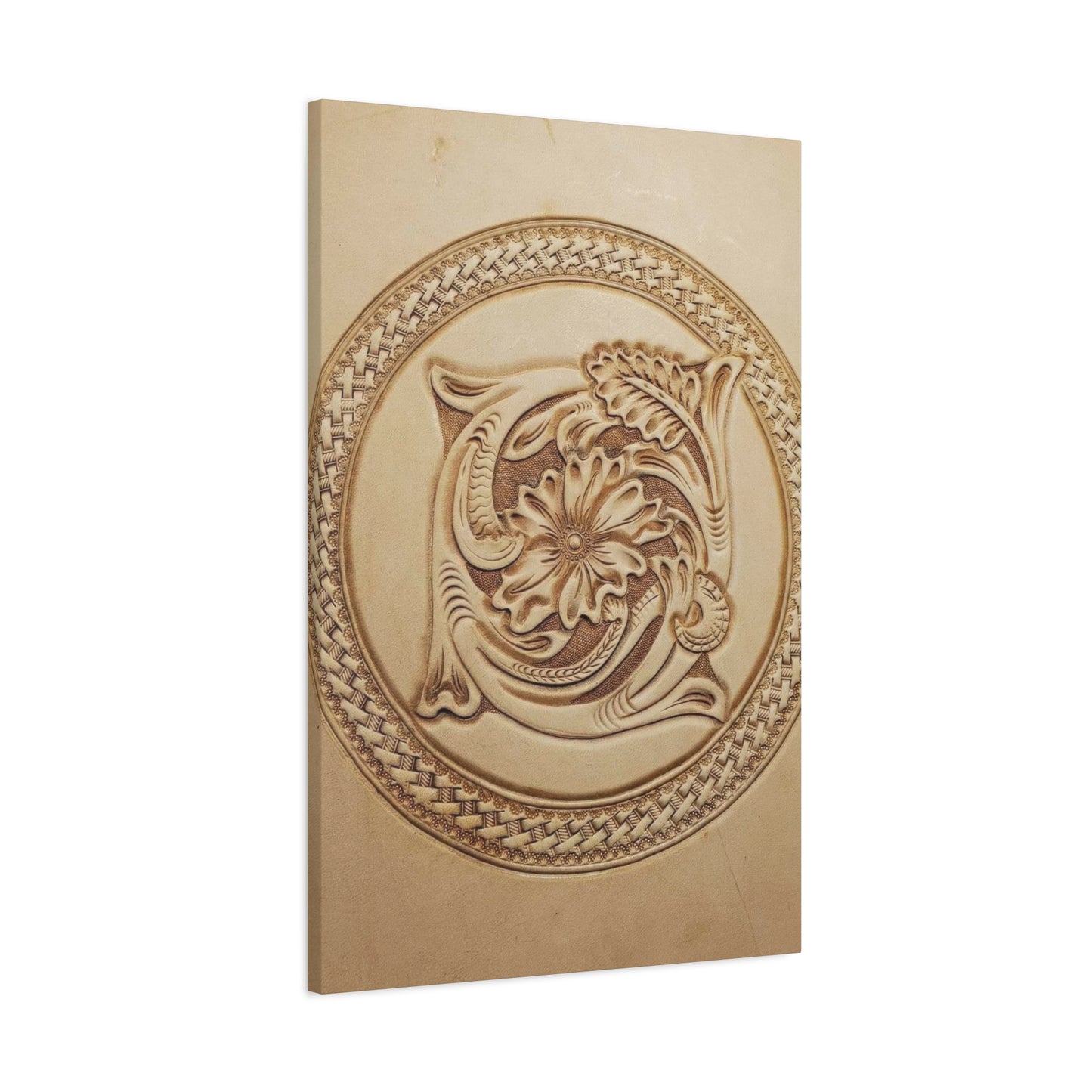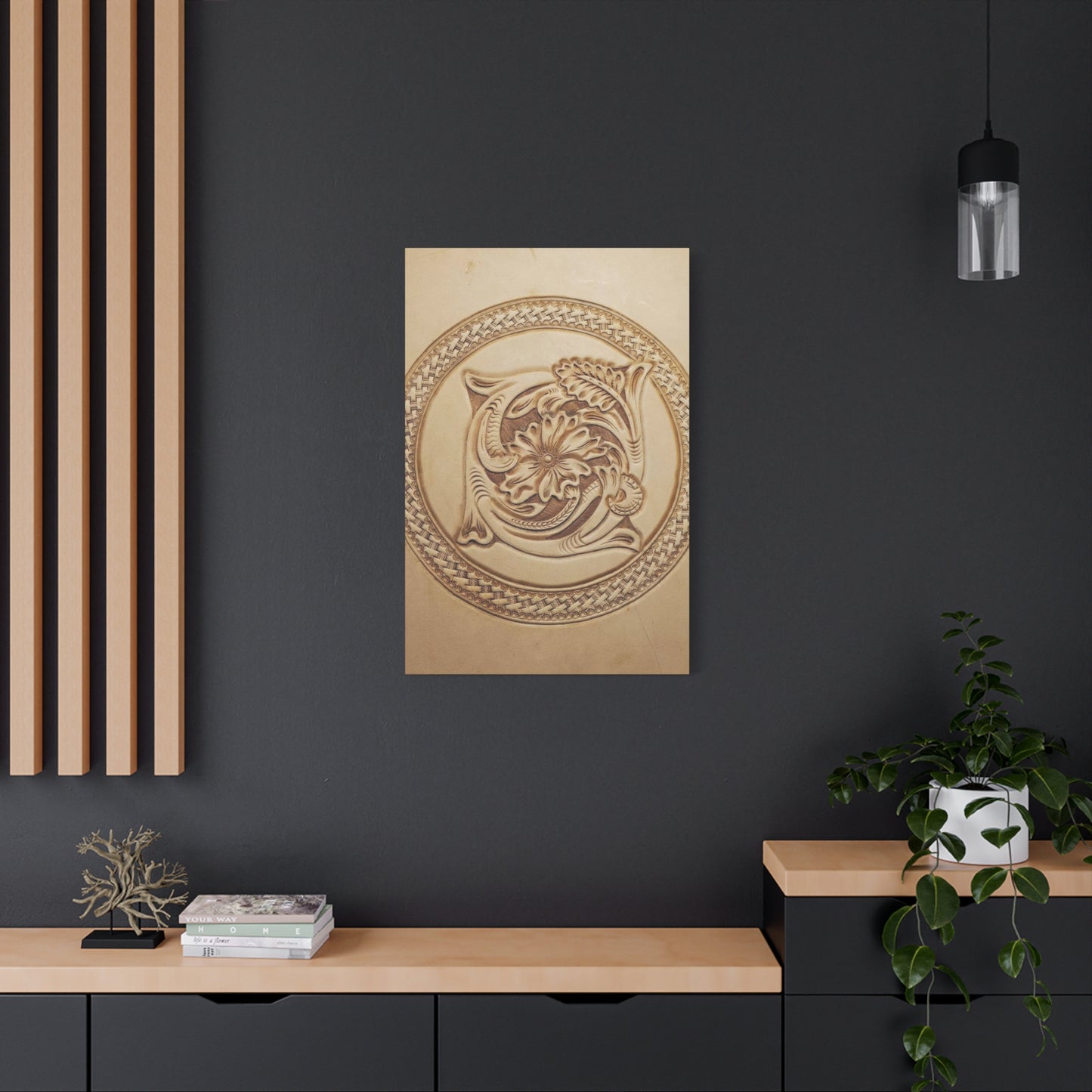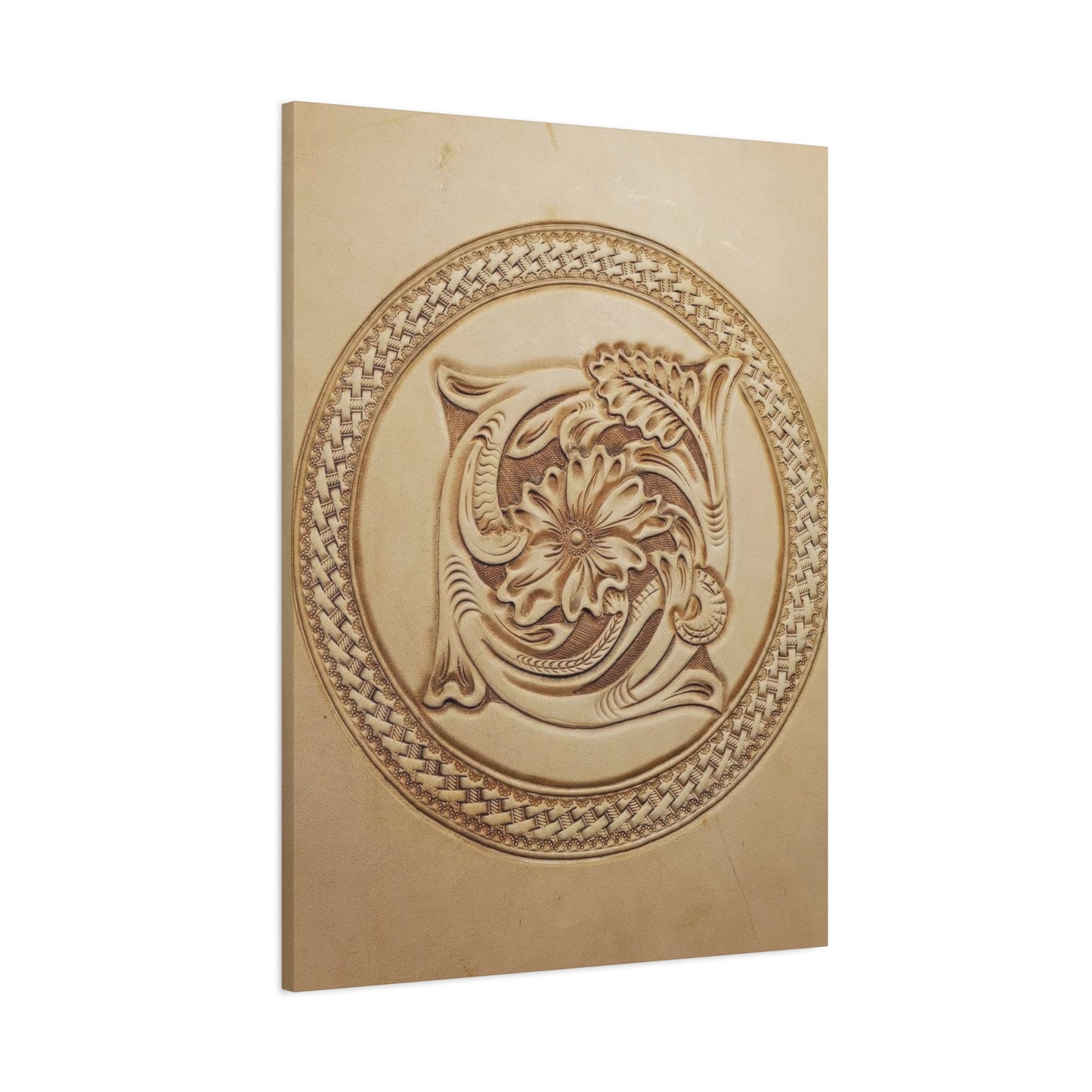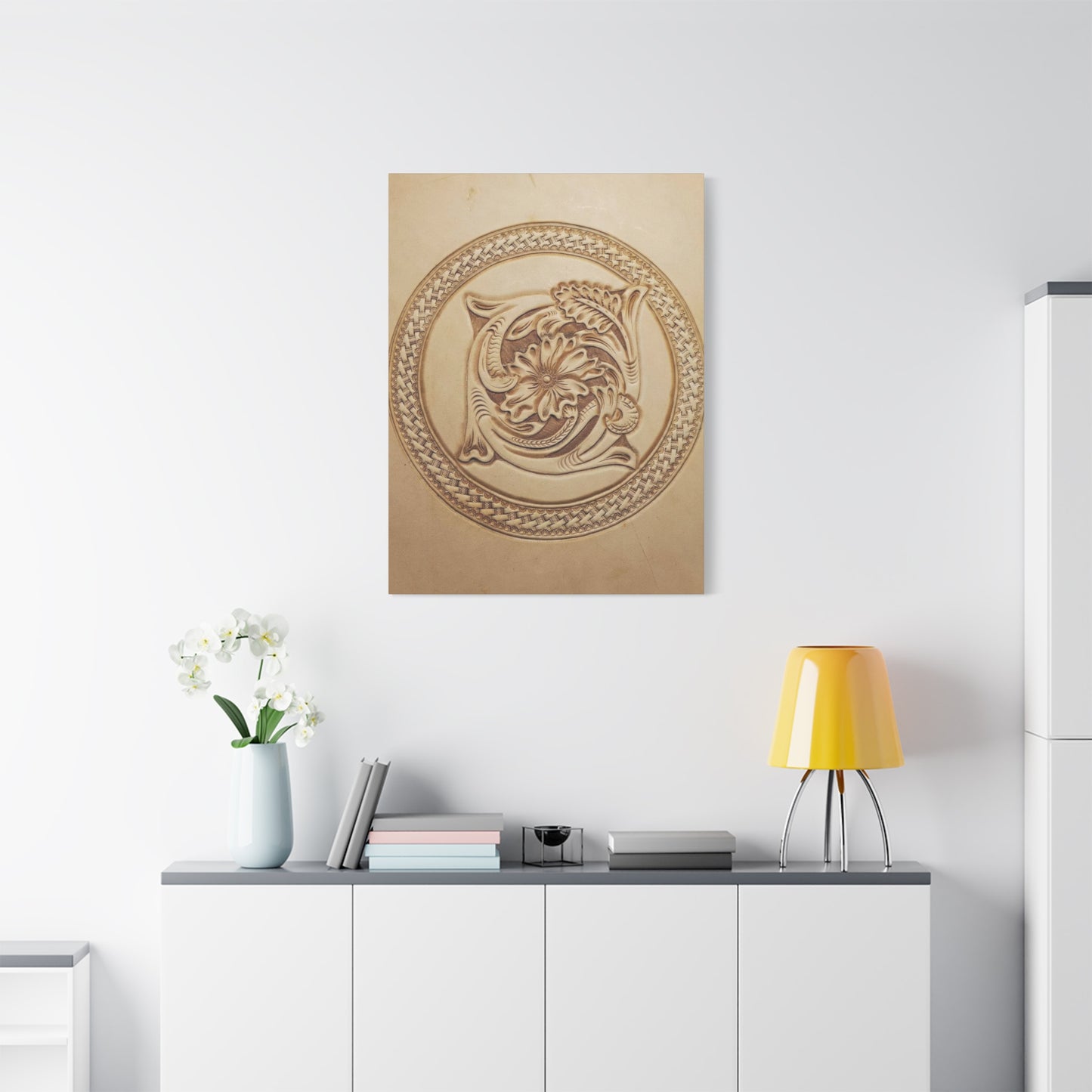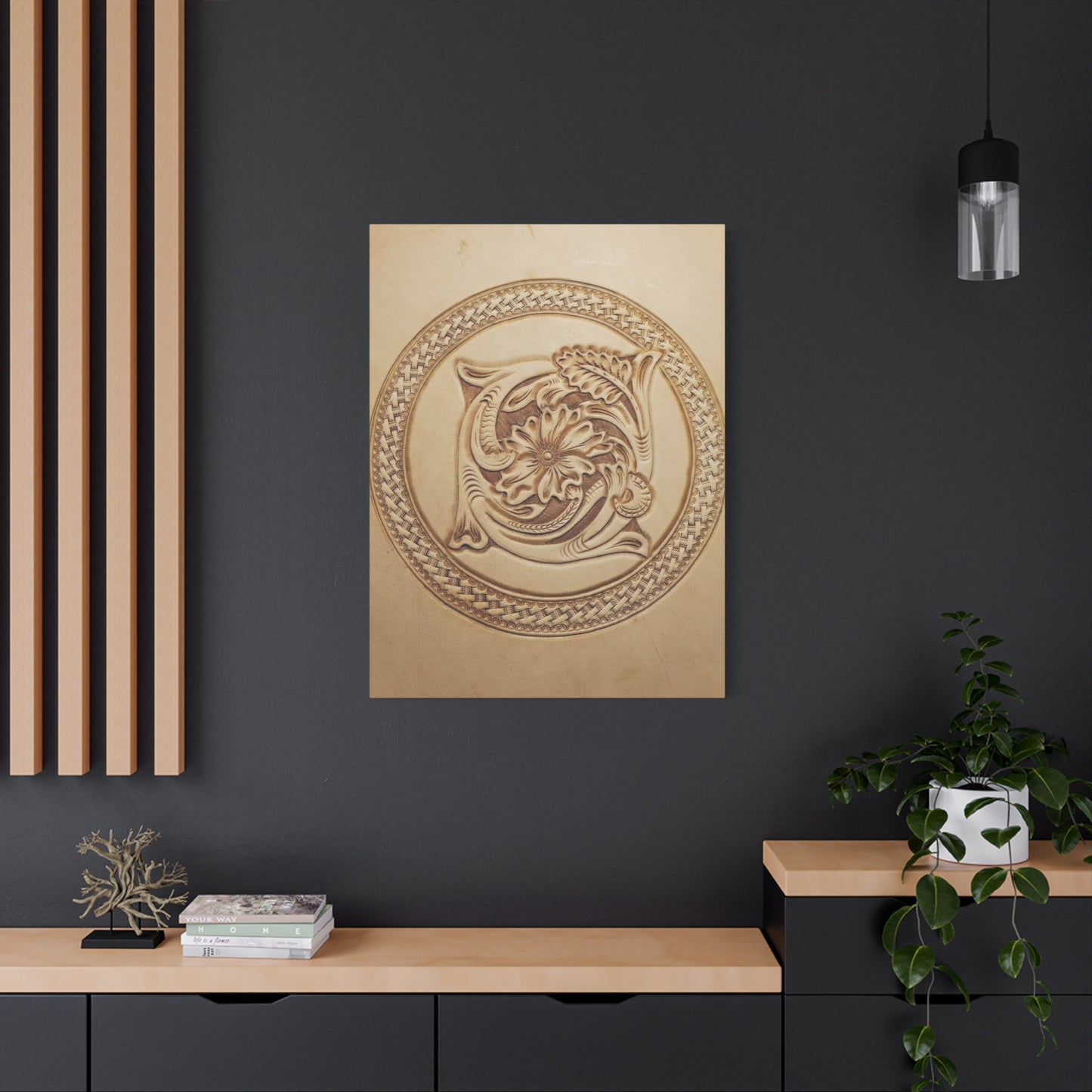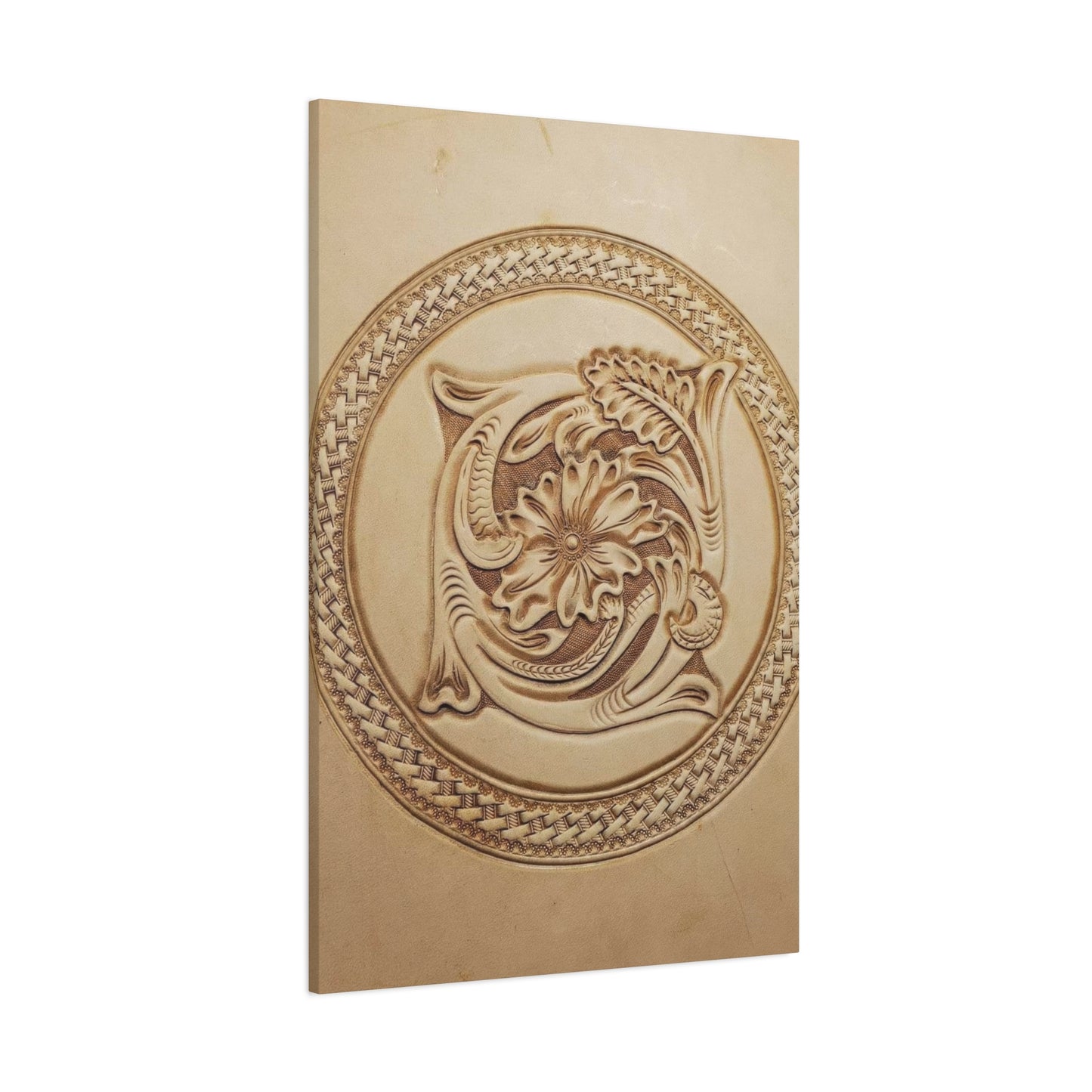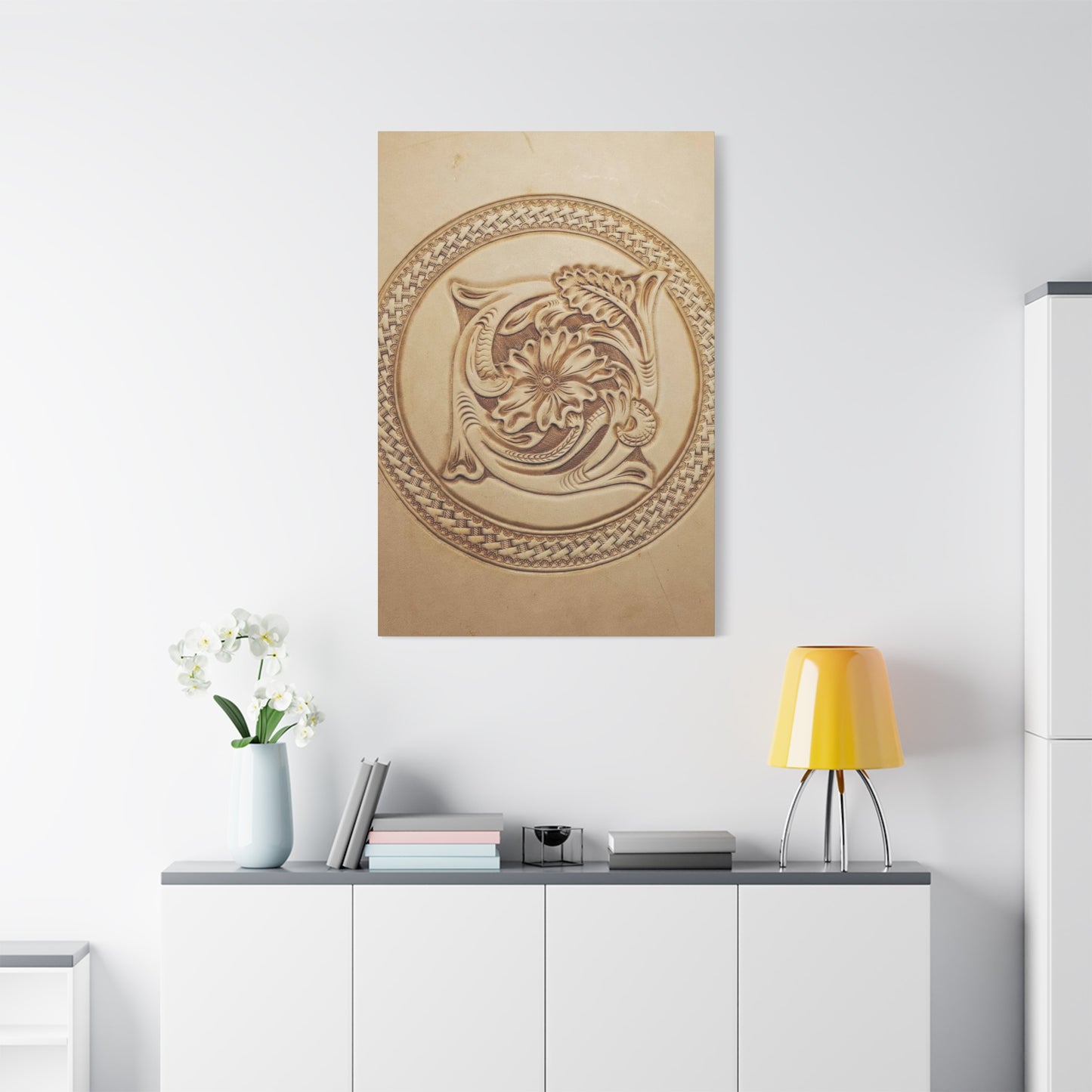Combining Circular Pattern Wall Art with Organic Shapes for a Modern Aesthetic
The world of interior design has witnessed a remarkable transformation in recent years, with circular pattern wall art emerging as one of the most captivating and versatile decorative elements available to homeowners and design enthusiasts. This comprehensive exploration delves into the multifaceted realm of circle-based artistic expressions, examining how these timeless shapes continue to revolutionize contemporary living spaces while maintaining their ancient symbolic significance. The enduring appeal of circular motifs stems from their inherent ability to create visual harmony, establish focal points, and introduce movement within static environments, making them an indispensable component of modern interior aesthetics.
Throughout history, circles have represented completeness, infinity, and unity across numerous cultures and civilizations. Ancient symbolism has seamlessly transitioned into modern design philosophy, where circular elements serve both aesthetic and psychological purposes. The geometric simplicity of circles allows them to complement virtually any design scheme, from ultra-modern minimalist apartments to traditionally furnished family homes. This adaptability ensures that circular pattern wall art remains relevant regardless of shifting design trends, offering lasting value to those who invest in these captivating pieces.
The diversity within circular pattern wall art encompasses an extraordinary range of styles, techniques, and interpretations. Artists and designers have explored countless variations on the circular theme, producing works that range from subtle monochromatic compositions to vibrant multicolored statements. Each approach offers unique visual qualities and emotional resonances, allowing individuals to select pieces that perfectly align with their personal aesthetic preferences and the specific requirements of their spaces. Understanding the various manifestations of circular art enables informed decision-making when selecting pieces for particular rooms or design objectives.
Circular Pattern Wall Art: Foundation of Contemporary Design
Circular pattern wall art represents far more than a simple decorative choice; it embodies a sophisticated understanding of visual dynamics and spatial relationships. The fundamental appeal of circular patterns lies in their ability to guide the viewer's eye through deliberate pathways, creating engagement without overwhelming the senses. Unlike angular or linear designs that direct attention forcefully, circular patterns invite contemplation through their gentle, flowing forms. This characteristic makes them particularly suitable for spaces intended for relaxation, meditation, or creative thinking.
The psychological impact of circular patterns should not be underestimated when considering their placement within living or working environments. Research in environmental psychology has demonstrated that curved forms, including circles, tend to evoke feelings of comfort, security, and emotional warmth. These subconscious responses make circular pattern wall art an excellent choice for bedrooms, living rooms, and other spaces where occupants seek tranquility and emotional equilibrium. The absence of sharp angles eliminates visual tension, replacing it with a sense of continuity and wholeness that can subtly enhance daily experiences within a space.
From a practical design perspective, circular pattern wall art offers remarkable versatility in addressing common spatial challenges. In rooms with predominantly rectangular architecture and furnishings, circular elements introduce necessary variety that prevents monotony. The contrast between the angular environment and rounded artistic elements creates visual interest without requiring dramatic interventions or extensive renovations. This quality makes circular pattern wall art particularly valuable for renters or those working with limited budgets who nonetheless desire significant aesthetic impact.
The scale considerations for circular pattern wall art merit careful attention during the selection process. Large-scale circular pieces can serve as commanding focal points that anchor entire rooms, drawing attention immediately upon entry and establishing the visual hierarchy of the space. Conversely, smaller circular works can be arranged in thoughtful groupings that create rhythmic patterns across wall surfaces, offering complexity and interest through repetition and variation. Understanding how scale interacts with room dimensions, ceiling height, and viewing distances enables optimal placement that maximizes the artistic and decorative impact of circular pieces.
Color palette selection within circular pattern wall art dramatically influences the overall atmosphere of a space. Monochromatic circular designs offer sophistication and restraint, allowing the forms themselves to communicate without chromatic distraction. These pieces work exceptionally well in minimalist or Scandinavian-inspired interiors where simplicity and clarity reign supreme. Alternatively, richly colored circular patterns can inject energy, warmth, or drama into neutral environments, serving as vibrant focal points that enliven otherwise subdued spaces. The key lies in understanding the existing color relationships within a room and selecting circular art that either harmonizes with or strategically contrasts against those established hues.
Texture plays a crucial but often overlooked role in the effectiveness of circular pattern wall art. Two-dimensional printed pieces offer clean, precise representations of circular forms, ideal for contemporary settings that prioritize sleekness and polish. However, textured circular art introduces tactile dimensions that add depth and richness to visual experiences. Raised surfaces, layered materials, or mixed-media approaches create shadows and highlights that change throughout the day as natural light shifts, ensuring that the artwork remains dynamic rather than static. This temporal quality adds an element of living decoration that purely flat pieces cannot provide.
The compositional principles governing effective circular pattern wall art extend beyond the individual piece to encompass its relationship with surrounding elements. Successful integration requires consideration of negative space, visual weight distribution, and the dialogue between the artwork and nearby furnishings or architectural features. Circular art positioned above a sofa, for instance, should relate proportionally to the furniture's dimensions while maintaining sufficient clearance to avoid appearing cramped. Similarly, the relationship between multiple circular pieces in a grouping requires careful orchestration to achieve balance without rigid symmetry.
Modern Geometric Circle Canvas Prints: Contemporary Expression
Modern geometric circle canvas prints represent a sophisticated evolution of traditional circular motifs, incorporating contemporary design sensibilities with timeless geometric principles. These pieces distinguish themselves through their emphasis on precision, clean lines, and often mathematical relationships between circular elements. The geometric approach to circle-based art appeals particularly to those who appreciate structure, order, and the inherent beauty of mathematical relationships manifested visually. This category encompasses works ranging from strictly symmetrical compositions to asymmetrical arrangements that maintain geometric integrity while introducing dynamic tension.
The canvas medium itself contributes significantly to the appeal of modern geometric circle prints. Canvas offers a substantial, gallery-quality presence that elevates the perceived value and artistic credibility of a piece. The slightly textured surface of canvas provides depth that flat paper prints cannot match, creating subtle visual interest even in simple geometric compositions. Additionally, canvas prints typically arrive ready to hang, with gallery-wrapped edges that eliminate the need for separate framing, offering both aesthetic and practical advantages. This format suits contemporary interiors where framed works might appear too traditional or formal.
Color theory plays a pivotal role in effective modern geometric circle canvas prints. Many contemporary designers embrace limited color palettes that emphasize the geometric relationships rather than chromatic complexity. Classic combinations such as black and white with a single accent color create striking visual impact while maintaining sophistication and restraint. Other artists explore gradients and color progressions within circular elements, using subtle tonal shifts to add dimensionality and movement to otherwise static geometric forms. Understanding these color strategies enables viewers to appreciate the deliberate choices behind seemingly simple compositions.
The mathematical precision inherent in modern geometric circle prints appeals to analytical minds and those who find beauty in order and structure. Many such works incorporate principles from sacred geometry, golden ratios, or other mathematical concepts that have fascinated humans for millennia. While viewers need not consciously recognize these mathematical relationships, they often respond intuitively to the harmonious proportions and balanced compositions that result from their application. This intersection of art and mathematics creates works that satisfy both aesthetic and intellectual appetites.
Scale variation within individual modern geometric circle canvas prints adds complexity and visual interest to compositions. Rather than featuring uniform circles, many effective designs incorporate multiple sizes of circular elements that create hierarchies, suggest perspective, or establish rhythmic patterns. The interplay between large and small circles generates visual movement and prevents compositions from appearing static or overly rigid. Strategic placement of differently sized circles can guide viewer attention through intended pathways, creating narrative sequences within abstract geometric frameworks.
Contemporary artists working with geometric circle prints often explore negative space as deliberately as positive forms. The areas between and around circular elements become active participants in the composition rather than merely backgrounds. This sophisticated approach to composition reflects advanced design thinking where every element, including emptiness, serves intentional purposes. Viewers who develop sensitivity to negative space relationships gain deeper appreciation for the complexity and thoughtfulness underlying apparently simple geometric works.
The versatility of modern geometric circle canvas prints makes them suitable for diverse interior settings, from residential spaces to corporate environments. In homes, these pieces complement contemporary furniture designs characterized by clean lines and geometric forms, creating cohesive aesthetic narratives. In offices and commercial spaces, geometric circle prints project professionalism and modernity while avoiding the coldness sometimes associated with purely angular geometric art. The circular elements introduce warmth and approachability that softens potentially austere environments.
Lighting considerations significantly impact how modern geometric circle canvas prints appear throughout the day and evening. Natural light creates one set of effects, with shadows and highlights changing as the sun moves across the sky. Artificial lighting offers opportunities for dramatic presentation through strategic placement of spotlights or accent lights that emphasize particular aspects of the geometric composition. Thoughtful lighting design transforms canvas prints from static decorations into dynamic elements that evolve throughout daily cycles.
Abstract Circular Design Wall Décor: Artistic Freedom
Abstract circular design wall décor represents the intersection of geometric forms and artistic interpretation, offering viewers compositions that suggest rather than dictate meaning. Unlike strictly geometric works that emphasize precision and mathematical relationships, abstract circular designs embrace spontaneity, emotion, and subjective expression. This category includes pieces where circles serve as foundational elements that artists manipulate, fragment, overlay, or distort to create visually compelling and emotionally resonant works. The abstract approach liberates circular forms from rigid constraints, allowing them to convey movement, energy, and feeling in ways that purely geometric treatments cannot achieve.
The emotional range accessible through abstract circular design wall décor extends from serene and meditative to energetic and chaotic. Soft, flowing circular forms with gentle color transitions create calming atmospheres ideal for bedrooms or meditation spaces. Conversely, bold circular elements with sharp color contrasts and dynamic arrangements generate excitement and visual energy suitable for creative workspaces or entertainment areas. Understanding the emotional vocabulary of abstract circular art enables strategic selection that supports the intended function and atmosphere of particular spaces.
Artistic techniques employed in creating abstract circular design wall décor vary enormously, from traditional painting methods to digital manipulation and mixed-media approaches. Some artists build circular compositions through layering translucent colors, creating depth and complexity as forms overlap and interact. Others use textural techniques such as impasto or collage to add physical dimensionality that enhances visual interest. Digital artists leverage technology to create impossibly precise or deliberately glitched circular forms that challenge perceptions and push boundaries. This diversity of technique ensures that abstract circular art remains fresh and continually evolving.
Color relationships in abstract circular design often prioritize emotional impact over naturalistic representation. Artists may employ unexpected color combinations that create tension, harmony, or surprise depending on their intentions. The freedom of abstraction permits exploration of purely aesthetic color relationships unconstrained by representational requirements. Bold primaries might interact with subtle pastels, or monochromatic schemes might rely entirely on tonal variation for interest. These color strategies offer viewers opportunities to engage with pure chromatic experiences that stimulate visual and emotional responses.
Compositional balance in abstract circular design wall décor requires sophisticated understanding despite appearing spontaneous or intuitive. Successful abstract works achieve equilibrium through careful distribution of visual weight, strategic placement of focal points, and thoughtful management of tension and release within the composition. Even apparently chaotic or random arrangements typically result from deliberate artistic choices that maintain underlying structural integrity. Appreciating this hidden order enhances understanding of abstract circular art beyond surface appearances.
The interpretive openness of abstract circular design invites personal engagement in ways that more literal art cannot. Without prescribed meanings or recognizable subjects, viewers bring their own experiences, emotions, and associations to abstract works. A single piece might evoke entirely different responses from different individuals, each finding personal significance in the forms, colors, and relationships they perceive. This subjective dimension makes abstract circular art particularly intimate despite its often bold visual presence.
Scale considerations for abstract circular design wall décor influence both visual impact and emotional resonance. Monumental abstract circular pieces can overwhelm viewers with their presence, creating immersive experiences that dominate spaces and demand attention. Smaller abstract works invite closer inspection and contemplation, revealing details and subtleties that reward sustained viewing. Collections of abstract circular pieces at various scales can create dynamic wall arrangements that balance impact with nuance.
The cultural and historical context of abstract art enriches appreciation of contemporary abstract circular design wall décor. Understanding the movements and philosophies that gave rise to abstraction provides frameworks for interpreting and valuing contemporary works. While such knowledge enhances appreciation, abstract circular art ultimately succeeds or fails based on its immediate visual and emotional impact, requiring no specialized education to experience and enjoy. This accessibility combined with intellectual depth makes abstract circular design exceptionally versatile and enduringly relevant.
Minimalist Circle Pattern Wall Art: Elegant Simplicity
Minimalist circle pattern wall art embodies the philosophy that less equals more, stripping circular motifs to their essential elements while maximizing visual and emotional impact. This approach values restraint, precision, and the power of suggestion over explicit statement. Minimalist circular works typically feature limited color palettes, clean lines, and ample negative space that allows each element to breathe and assert its presence without competition. The resulting compositions achieve remarkable elegance and sophistication, proving that simplicity need not mean simplicity of thought or effect.
The philosophical foundations of minimalism extend beyond mere aesthetic preference to encompass broader life philosophies emphasizing clarity, intentionality, and focus on essentials. Minimalist circle pattern wall art reflects these values, creating visual environments that promote mental clarity and emotional calm. In an era characterized by information overload and constant stimulation, minimalist art offers visual respite, providing spaces where eyes and minds can rest. This functional dimension makes minimalist circular art particularly valuable in bedrooms, home offices, and other spaces where concentration or relaxation takes priority.
Color selection in minimalist circle pattern wall art typically embraces monochromatic or extremely limited palettes. Black and white combinations remain perennial favorites, offering maximum contrast and graphic impact without chromatic complexity. Single accent colors may appear strategically to create focal points or introduce subtle warmth without compromising overall restraint. These limited palettes force artists to rely on form, proportion, and placement to create interest, resulting in compositions of refined sophistication. The absence of color distractions allows viewers to fully appreciate the purity of circular forms and their spatial relationships.
Negative space functions as an active compositional element in minimalist circle pattern wall art rather than merely background emptiness. The carefully considered emptiness surrounding circular forms gives them definition and presence while creating breathing room that prevents visual congestion. This sophisticated use of negative space requires confidence and artistic maturity, resisting the temptation to fill every area with marks or details. The resulting compositions achieve balance between presence and absence, creating contemplative works that reward sustained attention.
The precision demanded by minimalist circle pattern wall art leaves no room for sloppy execution or careless composition. With so few elements present, each must be perfectly realized and optimally placed. Circle edges must be crisp, proportions must be exact, and spatial relationships must be precisely calibrated. This attention to detail elevates minimalist works beyond simple decoration into refined artistic statements. Quality of execution becomes immediately apparent in minimalist contexts where nothing can hide behind excess or complexity.
Material quality assumes heightened importance in minimalist circle pattern wall art due to the absence of distracting elements. Superior canvas, archival inks, and expert printing or painting techniques ensure that pieces maintain their integrity and appearance over time. Inferior materials or execution become glaringly obvious in minimalist contexts where viewers focus intensely on the few elements present. Investment in quality materials and craftsmanship proves essential for minimalist works intended to serve as long-term design anchors.
The versatility of minimalist circle pattern wall art allows integration into diverse interior styles beyond explicitly minimalist environments. Traditional spaces benefit from minimalist circular pieces that introduce contemporary counterpoints without overwhelming classic elements. Eclectic interiors use minimalist works as visual anchors that provide cohesion amid diverse decorative elements. Industrial spaces find natural affinity with minimalist art's emphasis on essentialism and lack of ornament. This adaptability makes minimalist circular art exceptionally practical for those who anticipate evolving their interior design over time.
Psychological research supports the beneficial effects of minimalist visual environments on cognitive function and emotional wellbeing. Reduced visual clutter correlates with decreased anxiety and improved focus, making minimalist circle pattern wall art more than aesthetic decoration. These pieces contribute to creating environments that support mental health and productivity. Understanding these functional benefits adds another dimension to appreciating minimalist circular art beyond pure aesthetics.
Mandala-Inspired Circular Canvas: Spiritual Geometry
Mandala-inspired circular canvas art draws from ancient spiritual and religious traditions that employ circular geometric patterns as tools for meditation, spiritual development, and symbolic representation of cosmic order. These works translate timeless mandala principles into contemporary artistic expressions that retain spiritual resonance while fitting modern aesthetic sensibilities. The intricate symmetry characteristic of traditional mandalas creates mesmerizing visual experiences that engage viewers on multiple levels, from immediate aesthetic appreciation to deeper contemplative engagement.
The historical and cultural significance of mandalas spans numerous traditions, including Hinduism, Buddhism, and Native American spirituality. Each tradition brings unique symbolic vocabularies and geometric principles to mandala creation, yet all share fundamental beliefs in the circle as representing wholeness, cosmos, and spiritual journey. Contemporary mandala-inspired art honors these traditions while often adapting them for secular contexts where spiritual symbolism may be appreciated aesthetically without necessarily embracing associated belief systems. This cultural translation makes mandala patterns accessible and meaningful to diverse audiences.
The structural characteristics of mandala-inspired circular canvas typically feature radial symmetry emanating from central points, creating balanced compositions that draw viewers inward toward spiritual or meditative cores. This centripetal quality distinguishes mandalas from other circular art forms that may emphasize outward movement or lack clear directional flow. The journey from periphery to center metaphorically represents spiritual progression or increasing focus and awareness. Even viewers unfamiliar with mandala traditions often find themselves naturally drawn into these center-oriented compositions.
Color symbolism in mandala-inspired circular canvas adds layers of meaning beyond pure aesthetics. Traditional mandala colors carry specific spiritual or psychological associations that informed artists can deploy strategically. Blues may represent wisdom or tranquility, reds embody passion or life force, yellows suggest enlightenment or intellect, and greens connect to growth or healing. Contemporary artists working with mandala forms may embrace traditional color symbolism or develop personal chromatic vocabularies that serve their unique artistic visions. Understanding these color dimensions enriches appreciation of mandala-inspired works.
The meditative potential of mandala-inspired circular canvas extends beyond traditional religious contexts to serve contemporary wellness practices. Many individuals use mandala images as focal points for meditation, allowing the intricate patterns to quiet mental chatter and facilitate concentration. Even simply viewing mandala-inspired art can produce calming effects as the eye follows complex patterns and symmetrical relationships. This functional dimension makes mandala-inspired circular canvas particularly suitable for yoga studios, meditation spaces, wellness centers, and bedrooms where relaxation takes priority.
The level of detail characteristic of quality mandala-inspired circular canvas requires exceptional artistic skill and patience. Traditional mandalas often feature extraordinarily intricate patterns with countless individual elements arranged in perfect symmetry. Reproducing this complexity in contemporary canvas works demands technical mastery whether executed through traditional painting, digital creation, or hybrid approaches. The resulting intricacy rewards close viewing, revealing layers of detail that may not be apparent from distance but create overall richness and depth.
Modern interpretations of mandala-inspired circular canvas range from faithful reproductions of traditional designs to bold contemporary reimaginings that retain structural principles while introducing novel elements. Some artists maintain strict adherence to traditional geometric rules and symbolic elements, creating works that honor ancient practices. Others use mandala structures as jumping-off points for experimental explorations that push boundaries while maintaining recognizable mandala DNA. This spectrum of interpretation ensures mandala-inspired art remains vital and relevant rather than merely historical reproduction.
The universal appeal of mandala-inspired circular canvas transcends cultural boundaries, speaking to something fundamental in human psychology and perception. The combination of symmetry, complexity, and circular wholeness satisfies deep-seated preferences for order and completeness. This universality makes mandala-inspired art exceptionally versatile, suitable for spaces ranging from private residences to public areas where diverse audiences encounter it. The accessibility of mandala patterns allows viewers from any background to find beauty and meaning in these intricate compositions.
Contemporary Circle Art Prints: Modern Innovation
Contemporary circle art prints represent cutting-edge explorations of circular motifs using current artistic techniques, technologies, and aesthetic sensibilities. This category encompasses works that push boundaries, challenge conventions, and explore new possibilities for circular forms in visual art. Contemporary circle prints may incorporate digital manipulation, unconventional materials, innovative printing processes, or conceptual approaches that expand understanding of what circular art can be. The emphasis falls on innovation and forward-thinking rather than adherence to established traditions or styles.
The digital revolution has profoundly impacted contemporary circle art prints, enabling artistic possibilities previously unimaginable. Digital tools allow artists to create impossibly precise geometric relationships, generate complex algorithmic patterns, or manipulate photographic elements into circular compositions of stunning intricacy. These technological capabilities expand the vocabulary of circular art while demanding new skills and sensibilities from artists working in digital mediums. The results often blur boundaries between human creativity and computational generation, raising interesting questions about authorship and artistic process.
Conceptual dimensions increasingly characterize contemporary circle art prints as artists explore ideas and meanings beyond pure aesthetics. Circles might represent data visualizations, scientific concepts, philosophical ideas, or social commentary packaged in visually appealing forms. These intellectual layers add depth and significance to works that function simultaneously as decoration and communication. Viewers who engage with conceptual dimensions discover that apparently simple circular compositions may contain complex ideas worth contemplation and discussion.
Experimental printing techniques contribute to the distinctive character of contemporary circle art prints. Beyond standard inkjet or offset printing, artists may employ processes such as screen printing, letterpress, or hybrid methods that combine digital precision with handcrafted qualities. These alternative approaches create unique visual and textural characteristics that distinguish works from mass-produced commercial prints. Limited edition contemporary prints using specialized techniques appeal to collectors seeking pieces with artistic legitimacy and investment potential beyond mere decoration.
Environmental consciousness increasingly influences contemporary circle art prints as artists and consumers alike prioritize sustainability. Eco-friendly inks, recycled or sustainably sourced materials, and energy-efficient production methods align artistic practice with environmental values. Contemporary artists committed to sustainability prove that ecological responsibility need not compromise artistic quality or visual impact. This ethical dimension adds meaningful value for buyers who wish their purchases to reflect personal values regarding environmental stewardship.
The dialogue between contemporary circle art prints and broader cultural conversations makes these works particularly relevant and resonant. Artists responding to current events, social movements, or cultural shifts create works that capture particular moments while potentially achieving lasting significance. Circular forms might symbolize unity, cycles, interconnection, or other concepts relevant to contemporary discourse. This cultural engagement elevates contemporary circle prints beyond timeless decoration into artifacts reflecting specific historical and social contexts.
Collaboration between artists and technologists produces some of the most innovative contemporary circle art prints. Partnerships leveraging artistic vision and technical expertise yield results neither could achieve independently. Generative art processes, augmented reality integrations, or interactive elements that respond to viewer presence represent frontiers of contemporary artistic practice. While such cutting-edge works may not suit every space or budget, they demonstrate the evolving possibilities for circular art in the twenty-first century.
The market for contemporary circle art prints reflects broader art world dynamics with emerging artists, established names, and everything between competing for attention and sales. Savvy collectors recognize opportunities to acquire works by promising artists before their recognition and prices increase significantly. Understanding the contemporary art market, including galleries, online platforms, and direct artist relationships, enables informed collecting that may yield both aesthetic pleasure and financial appreciation over time.
Circular Flow Abstract Wall Décor: Dynamic Movement
Circular flow abstract wall décor emphasizes movement, energy, and dynamism through circular forms that appear to swirl, rotate, or stream across compositional surfaces. Unlike static circular designs that emphasize stability and balance, flow-oriented works inject visual motion that creates excitement and engagement. These pieces particularly suit spaces where energy and activity are desired, such as creative studios, exercise areas, or social gathering spaces. The suggestion of movement maintains visual interest and prevents the stagnation that can occur with purely static decoration.
The visual language of flow in circular abstract wall décor employs various techniques to suggest motion despite the static nature of the medium. Graduated color transitions create the impression of circular forms fading into or emerging from backgrounds. Overlapping circles generate depth and layering that implies temporal sequences rather than single frozen moments. Directional elements such as streaking, blurring, or trailing effects convey velocity and trajectory. These artistic strategies translate dynamic concepts into visual experiences that engage viewers' motion-perception systems.
Color dynamics play crucial roles in effective circular flow abstract wall décor. Warm colors advancing and cool colors receding create spatial depth that enhances flow sensations. Analogous color schemes with subtle transitions produce smooth, harmonious flows, while complementary contrasts generate visual tension and energetic movement. The psychological associations of different colors further influence perceived motion qualities, with reds suggesting urgency or passion, blues implying calm flowing, and yellows conveying light streaming. Strategic color deployment amplifies movement effects beyond what form alone achieves.
The relationship between circular flow abstract wall décor and architectural elements deserves careful consideration during placement. Works suggesting upward flow naturally align with vertical architectural features or positioning above low furniture. Horizontal flowing pieces complement wide wall expanses or positioning above elongated furnishings. Circular flow patterns radiating from central points work effectively as ceiling decorations or in square wall sections. Matching flow directions to spatial characteristics creates coherence between art and environment.
Scale significantly impacts how circular flow abstract wall décor affects spaces. Large-scale flowing pieces can dominate rooms, establishing powerful visual presences that command attention and influence overall spatial experiences. Smaller flowing works offer more subtle dynamism, adding movement without overwhelming other design elements. Series of related flowing pieces at various scales create complex rhythmic progressions across wall surfaces, multiplying engagement opportunities and visual complexity. Understanding scale relationships enables optimization of flow effects for particular spaces and design objectives.
The emotional resonances of circular flow abstract wall décor extend beyond simple aesthetic appreciation to influence mood and energy levels. Vigorous, turbulent flows energize spaces and stimulate mental activity, potentially enhancing creativity or productivity. Gentle, smooth flows promote relaxation and ease, contributing to calming atmospheres. The capacity to influence emotional states through visual flow makes these works powerful tools for creating environments that support specific activities or desired feelings. Intentional selection based on emotional objectives maximizes the functional value of flowing circular art.
Technical execution quality determines whether circular flow abstract wall décor successfully conveys motion or appears muddled and confused. Smooth gradients require precise color control and expert printing or painting technique. Overlapping elements must maintain clarity despite complexity, with each layer remaining distinguishable. Flow directions need clear establishment through consistent directional cues that guide rather than confuse the eye. These technical demands separate effective flowing circular art from failed attempts that create visual chaos rather than controlled dynamism.
Contemporary artists exploring circular flow abstract wall décor often draw inspiration from natural phenomena such as water currents, wind patterns, cosmic events, or organic growth processes. These natural reference points provide rich source material for flowing circular forms while connecting viewers to fundamental forces and processes. Even highly abstracted works rooted in natural observation carry authenticity and resonance that purely arbitrary designs may lack. Understanding these natural inspirations deepens appreciation for how artists translate observation into abstract visual language.
Bold Circle Geometry Canvas Art: Striking Presence
Bold circle geometry canvas art makes powerful visual statements through emphasis on graphic impact, strong contrasts, and commanding presence. These works eschew subtlety in favor of immediate, dramatic effect that demands attention and establishes clear focal points within spaces. Bold circle geometry suits personalities and design schemes that embrace confidence, modernism, and decisive aesthetic choices. The unambiguous visual language of bold geometric circles appeals to those who appreciate clarity and directness in their environment.
Color contrast drives much of the impact in bold circle geometry canvas art, with high-value differences creating graphic punch that registers instantly even from distance. Black and white remains the ultimate high-contrast combination, offering maximum visual separation and timeless sophistication. Bold primary colors against neutral backgrounds achieve strong impact while introducing chromatic energy. Complementary color combinations such as blue and orange or purple and yellow generate vibrant optical effects that amplify bold geometric forms. Strategic contrast deployment ensures bold circular works maintain visibility and impact even in visually complex environments.
Scale considerations become critical when working with bold circle geometry canvas art due to its inherently commanding nature. Oversized bold geometric pieces can overwhelm smaller rooms or compete destructively with other strong design elements. Conversely, bold circular works scaled too small for their spaces lose impact and appear timid rather than confident. Achieving optimal scale relationships between artwork, room dimensions, and surrounding elements requires careful measurement and visualization, ideally testing potential placements before final installation.
The geometric precision characteristic of bold circle geometry canvas art demands expert execution to achieve intended effects. Crisp edges, perfect curves, and exact alignments separate professional-quality bold geometric art from amateur attempts. Slight imperfections that might pass unnoticed in subtle works become glaring flaws in bold graphic contexts where every element faces intense visual scrutiny. This technical demand makes quality particularly important when selecting bold circle geometry pieces, as inferior execution undermines the confident aesthetic these works aim to project.
Compositional strategies in bold circle geometry canvas art often employ principles from graphic design rather than traditional fine art. Asymmetrical balance, strategic repetition, and clear visual hierarchies create dynamic tension and guide viewer attention through deliberate pathways. Negative space functions as actively as positive forms, with emptiness creating breathing room that prevents bold elements from appearing cluttered despite their graphic intensity. These design-oriented compositional approaches distinguish bold circle geometry from more painterly or expressionistic circular art.
The psychological impact of bold circle geometry canvas art includes associations with modernity, confidence, and decisiveness. Spaces featuring bold geometric circular works project contemporary sensibilities and design awareness. The unambiguous visual language suggests clarity of thought and purpose, potentially influencing occupants toward similar mental states. Corporate environments frequently employ bold geometric art to communicate professionalism and forward-thinking, while residential uses express personal confidence and aesthetic sophistication.
Lighting design significantly affects how bold circle geometry canvas art appears and functions within spaces. Strong directional lighting emphasizes graphic contrasts and creates dramatic shadow effects that amplify impact. Ambient lighting provides even illumination that maintains color accuracy and form definition. Accent lighting from unexpected angles can create surprising visual effects with bold geometric forms. Experimentation with various lighting scenarios reveals diverse presentations possible with the same bold circular work.
The versatility of bold circle geometry canvas art extends across residential and commercial applications. Modern apartments benefit from bold geometric pieces that establish contemporary credibility and serve as conversation starters. Office spaces employ bold circular works to energize environments and project professional sophistication. Retail and hospitality venues use bold geometric art to create memorable branded environments that reinforce identity and atmosphere. This cross-context applicability makes bold circle geometry valuable for various design situations and objectives.
Colorful Circular Pattern Painting: Vibrant Expression
Colorful circular pattern painting celebrates the expressive potential of rich, varied color palettes applied to circular motifs and compositions. These works prioritize chromatic richness and complexity, creating visually sumptuous experiences that stimulate and delight viewers. Colorful circular paintings suit spaces where energy, warmth, and visual excitement are desired, offering antidotes to neutral or subdued color schemes that may feel cold or understated. The generous use of color makes these works particularly effective as focal points that energize and enliven surrounding environments.
Color theory principles guide effective colorful circular pattern painting despite apparent spontaneity or abundance. Harmonious color relationships based on analogous schemes create cohesive chromatic experiences even with numerous hues present. Strategic use of complementary contrasts generates visual excitement and prevents color-rich compositions from appearing muddy or confused. Tonal variations within color families add depth and sophistication, moving beyond flat color application toward nuanced chromatic complexity. Understanding these underlying color structures enables appreciation of skilled color orchestration within seemingly exuberant colorful circular works.
The emotional associations of different colors amplify the impact of colorful circular pattern painting beyond pure visual stimulation. Warm color dominance creates inviting, energetic atmospheres suitable for social spaces or areas dedicated to creative activity. Cool color emphasis produces calming effects appropriate for relaxation or contemplation. Balanced combinations of warm and cool colors offer dynamic equilibrium that remains engaging without becoming overwhelming. Artists skilled in color psychology deploy chromatic choices strategically to evoke specific emotional responses aligned with their artistic intentions.
Cultural color symbolism adds interpretive layers to colorful circular pattern painting for viewers aware of these associations. Different cultures attribute varying meanings to colors, with reds signifying luck in some Asian contexts, purity in others, or passion in Western traditions. Blues may represent spirituality, sadness, or tranquility depending on cultural frameworks. Artists working within or referencing specific cultural traditions may employ colors with particular symbolic intentions, enriching works with cultural significance beyond universal chromatic responses. Awareness of these dimensions deepens engagement with culturally informed colorful circular art.
Technical challenges in colorful circular pattern painting include maintaining color clarity and separation while creating integrated compositions. Colors placed adjacently can optically blend or create unintended effects if value and saturation relationships are poorly managed. Achieving luminosity and vibrancy requires understanding of pigment properties, layering techniques, and how colors interact physically and perceptually. Digital artists face analogous challenges despite different tools, managing color spaces, gamuts, and display/printing variations that affect final chromatic appearance. Technical mastery separates successful colorful circular paintings from chaotic color confusion.
The interaction between colorful circular pattern painting and interior color schemes requires careful consideration to achieve harmony rather than conflict. Works containing colors already present in a space create cohesive connections between art and environment. Alternatively, circular paintings introducing new colors can expand existing palettes in controlled, intentional ways. The size ratio between colorful artwork and surrounding colored surfaces influences whether the art integrates smoothly or establishes itself as contrasting focal point. Strategic color matching or contrasting optimizes the relationship between colorful circular art and its setting.
Seasonal and temporal considerations affect how colorful circular pattern painting functions within spaces. Summer months may call for cooler color dominance to create psychological cooling, while winter benefits from warm color emphasis providing visual warmth. Changeable art displays allow seasonal rotation, but permanent installations require year-round color appropriateness. Natural light variations throughout seasons also affect color appearance, with summer's intense light rendering colors differently than winter's softer illumination. Accounting for these temporal factors ensures colorful circular paintings remain effective across changing conditions.
The market for colorful circular pattern painting spans from affordable prints to original paintings commanding premium prices. Print reproductions make colorful circular art accessible to broader audiences while original paintings offer unique character and investment potential. Understanding the trade-offs between affordability and uniqueness enables informed purchasing decisions aligned with budgets and collecting objectives. Emerging artists offer opportunities to acquire original colorful circular works at reasonable prices, potentially appreciating as artists' reputations grow, combining aesthetic pleasure with financial strategy.
Modern Rings Design Wall Prints: Architectural Circles
Modern rings design wall prints focus specifically on circular forms rendered as rings, bands, or annular shapes rather than solid circles. This emphasis on hollow circular forms creates distinct visual characteristics and symbolic possibilities compared to filled circles. Rings suggest connection, continuity, and relationship while maintaining the completeness and wholeness associated with circular forms generally. The interplay between solid boundaries and empty centers generates visual interest and invites contemplation of presence and absence.
The architectural quality of modern rings design wall prints stems from their structural clarity and emphasis on defined boundaries. Like architectural elements that enclose and define spaces, ring forms establish clear perimeters while leaving interior areas open. This architectural character makes ring-based prints particularly compatible with contemporary interior design that values spatial definition, clean lines, and structural expression. The formal qualities of well-designed ring compositions echo architectural principles of proportion, balance, and spatial relationship.
Overlapping rings create complex visual effects and symbolic richness in modern rings design wall prints. Intersecting rings generate secondary shapes through their interactions, adding geometric complexity to compositions. The overlapping suggests relationship, interconnection, and interdependence, evoking meanings beyond simple decoration. Artists exploit these relational possibilities to create works that function as visual metaphors for connection, community, or systems thinking. The layering implicit in overlapping rings also generates depth within two-dimensional works.
Final Thoughts
Circular pattern wall art, when paired with organic shapes, creates a unique and compelling visual language that elevates modern interiors. This combination marries geometry with fluidity, structure with natural movement, and precision with creativity, offering a versatile design approach that balances contemporary sophistication with visual interest. Incorporating such artwork into a space transforms ordinary walls into dynamic canvases that engage the eye, enhance spatial harmony, and reflect a thoughtfully curated aesthetic.
One of the most striking features of circular patterns is their ability to guide visual flow. Circles, arcs, and concentric motifs create a sense of continuity and rhythm, subtly leading the observer’s gaze across the room. When these patterns are integrated with organic shapes—curves, irregular forms, and asymmetrical elements—the resulting compositions introduce contrast and balance, softening the rigidity of geometry while maintaining a cohesive, modern aesthetic. This interplay allows spaces to feel lively yet harmonious, structured yet inviting, making them suitable for both private and public interiors.
Equally significant is the versatility this design approach offers. Circular and organic shapes can complement minimalist interiors, adding depth without overwhelming the space. In living rooms, a series of circular wall canvases with flowing organic patterns can serve as a focal point above a sofa or console table. In bedrooms, smaller arrangements of mixed shapes create a calming and artistic backdrop, while in offices, these designs provide visual stimulation and inspiration without causing distraction. The combination of form and fluidity enhances the perception of space, creating environments that feel balanced and thoughtfully composed.
The emotional and psychological impact of circular and organic motifs also contributes to their appeal. Circles are universally associated with unity, wholeness, and continuity, while organic shapes evoke growth, nature, and fluidity. Together, they create a visual dialogue that promotes a sense of calm, balance, and creativity. In modern homes, where sleek lines and minimalistic furnishings can sometimes feel austere, this design strategy introduces warmth, movement, and a sense of organic elegance that resonates on both aesthetic and emotional levels.
Presentation and curation play a crucial role in maximizing the impact of these artworks. Careful consideration of scale, proportion, and arrangement ensures that the composition feels intentional and harmonious. Layering circular canvases with complementary organic wall sculptures, or combining textures such as wood, metal, or fabric, enhances dimensionality and creates a more immersive experience. Strategic lighting can further highlight curves and shadows, emphasizing depth and drawing attention to the interplay between shapes.
In conclusion, combining circular pattern wall art with organic shapes exemplifies a sophisticated approach to modern interior design. By blending geometry with fluid forms, this style balances structure and creativity, visual rhythm and natural movement, resulting in spaces that are both captivating and harmonious. Thoughtful integration of these elements transforms walls into expressive canvases that engage the eye, evoke emotion, and reflect a contemporary yet timeless aesthetic. Ultimately, this design approach demonstrates that modern elegance is not only about clean lines or minimalism—it is also about thoughtful contrast, fluidity, and the seamless fusion of form and artistry, creating interiors that inspire, delight, and endure.


















